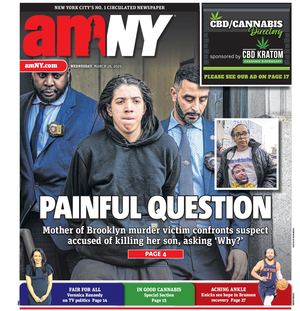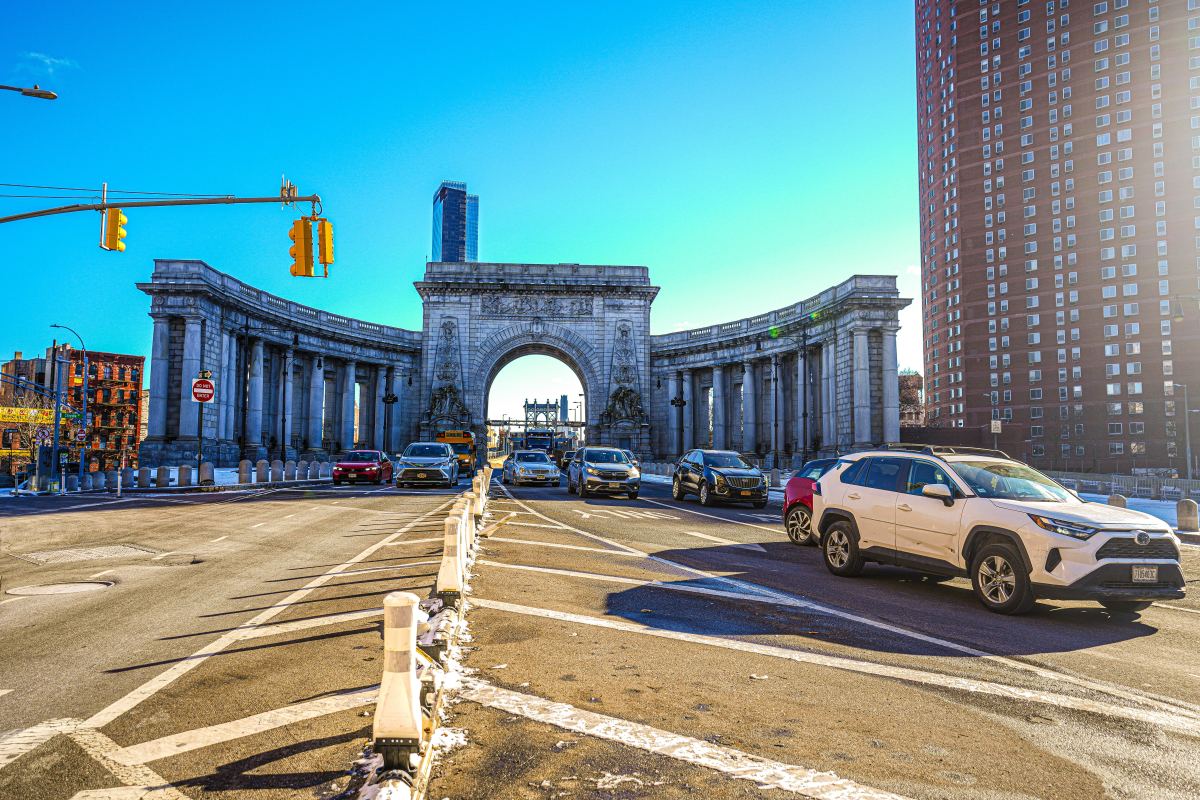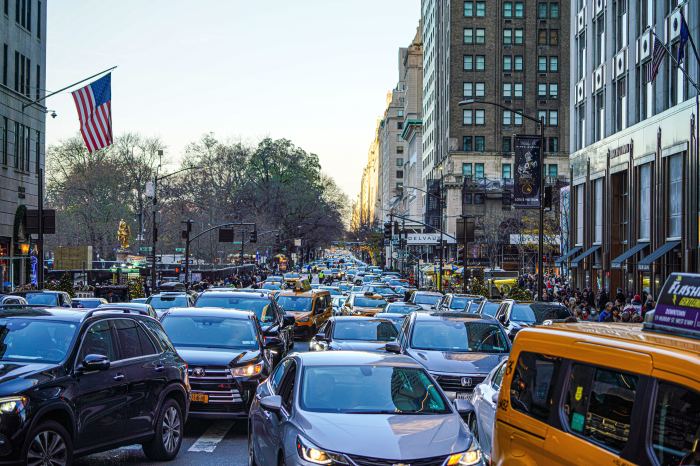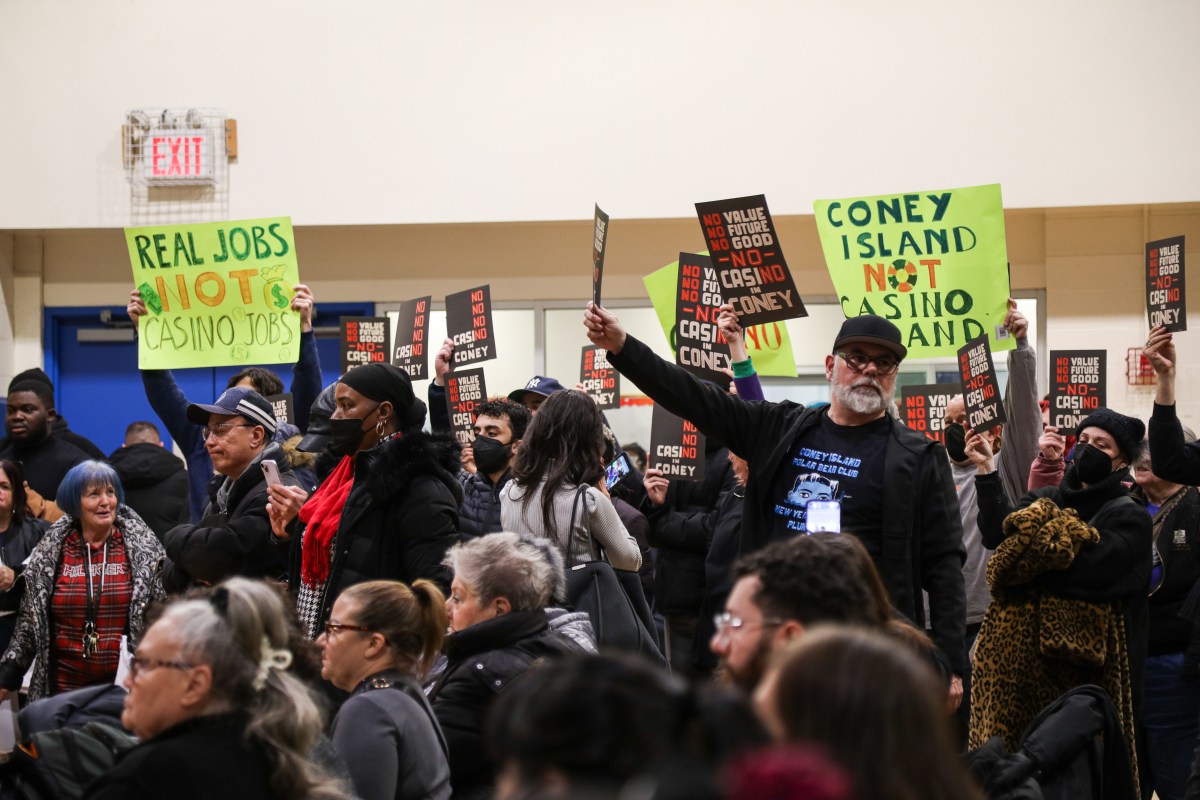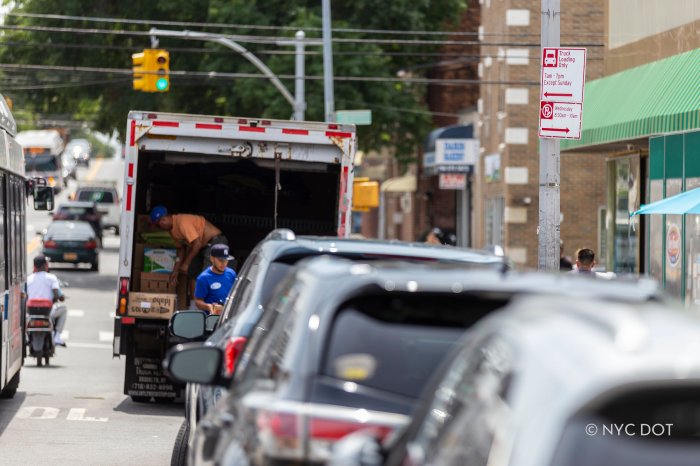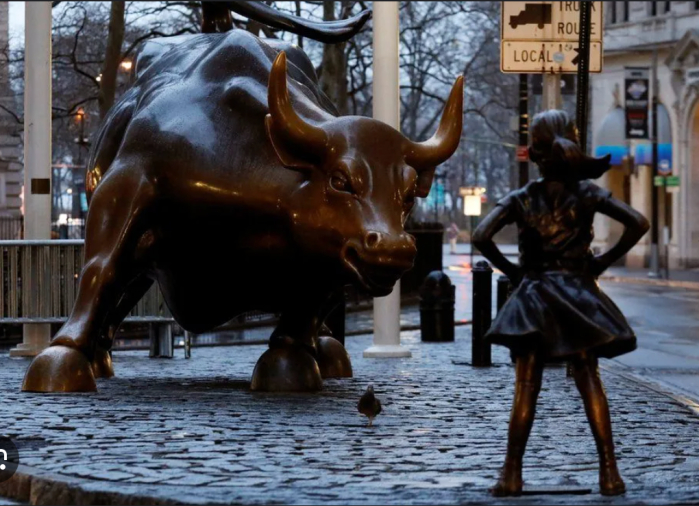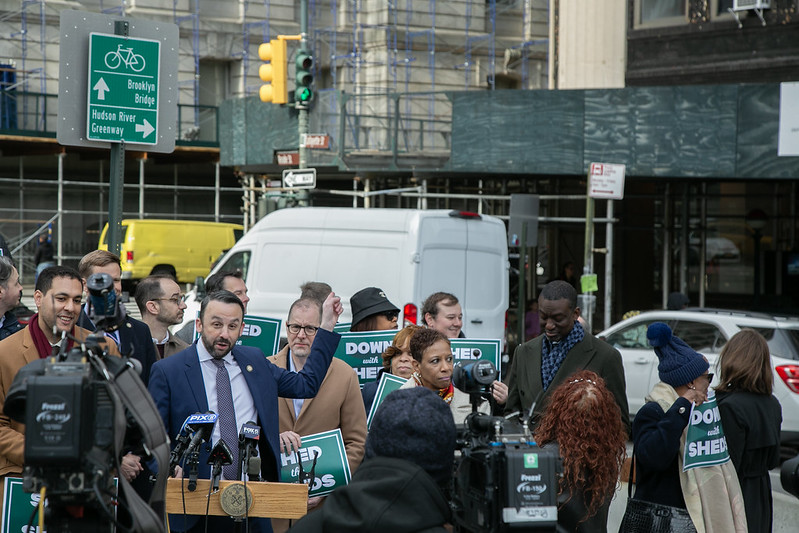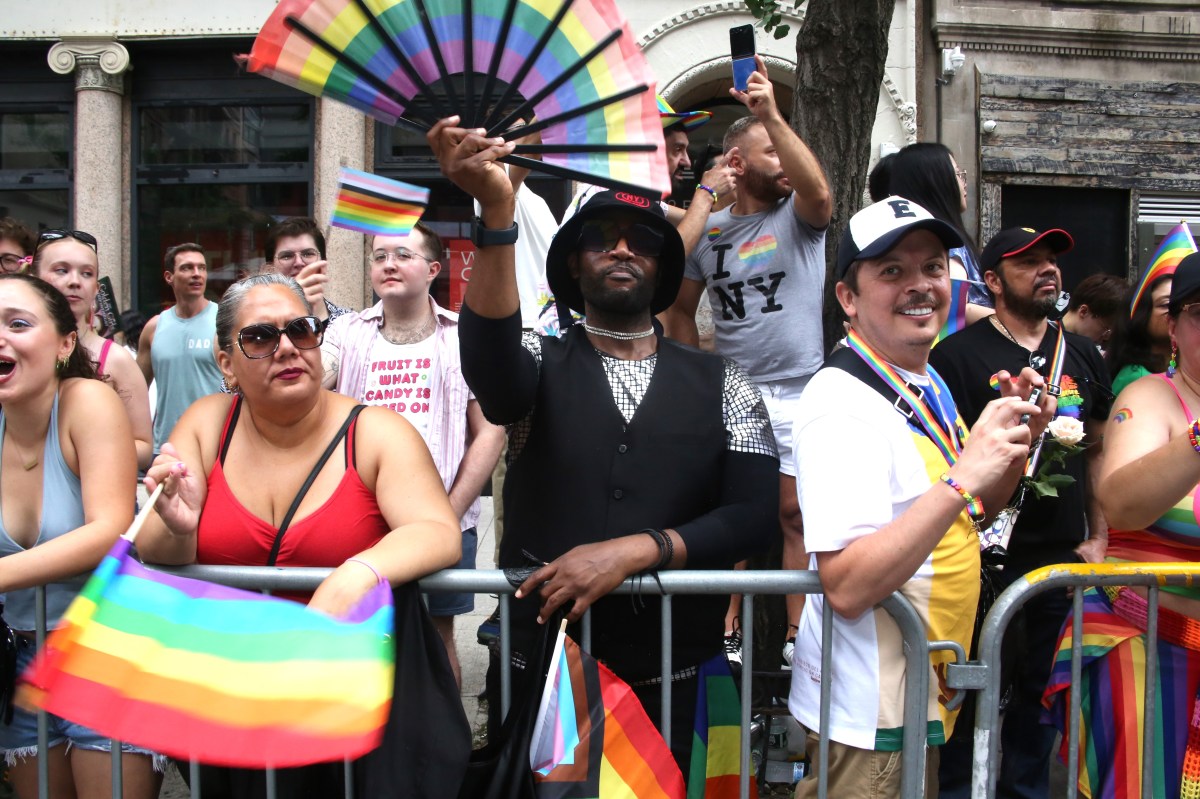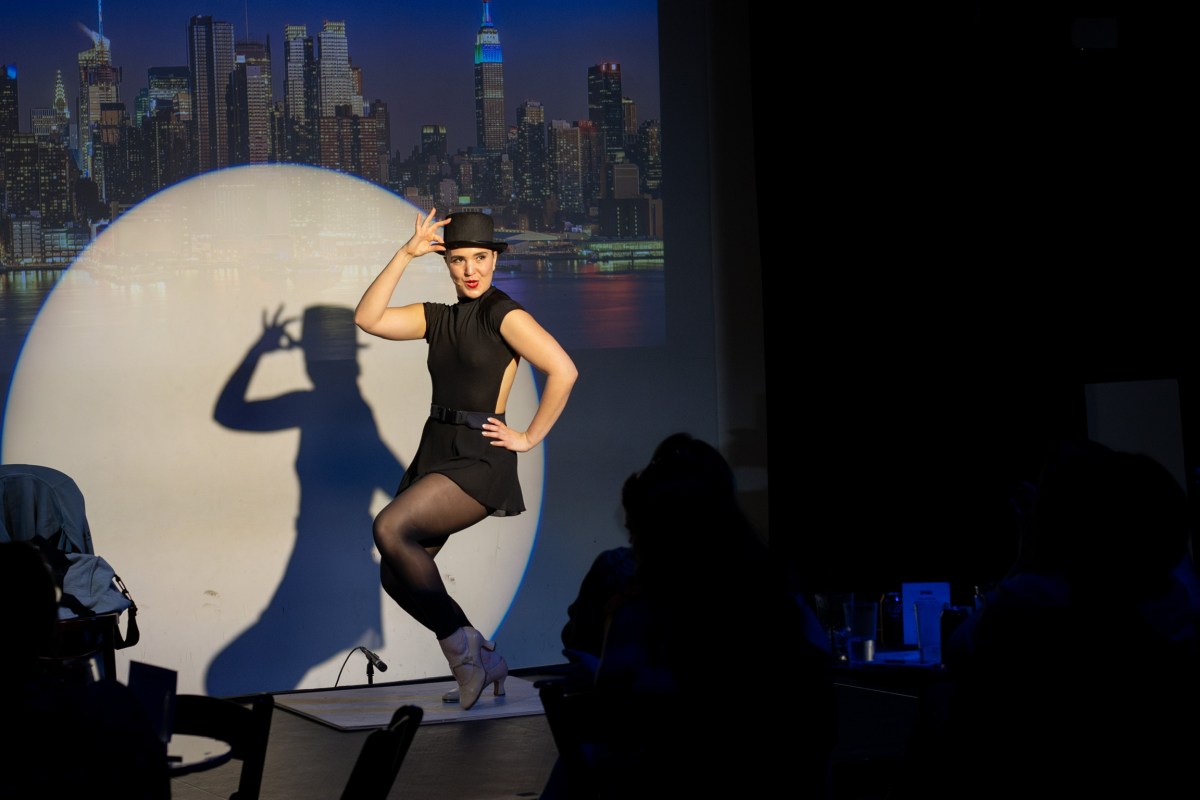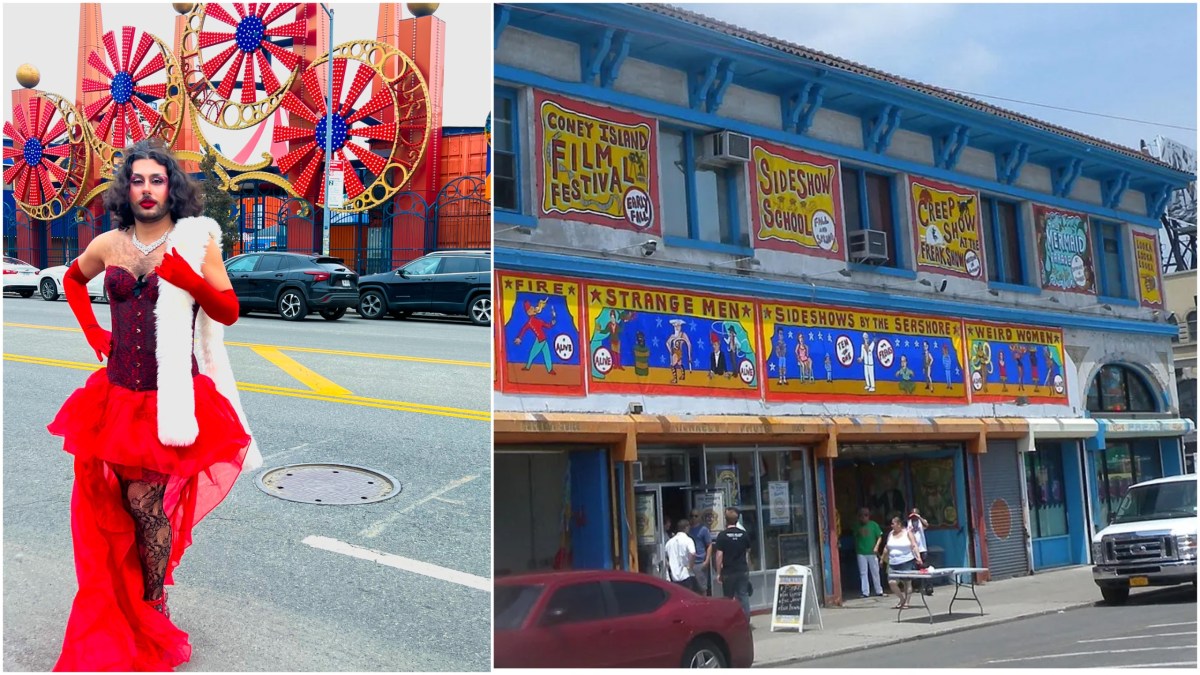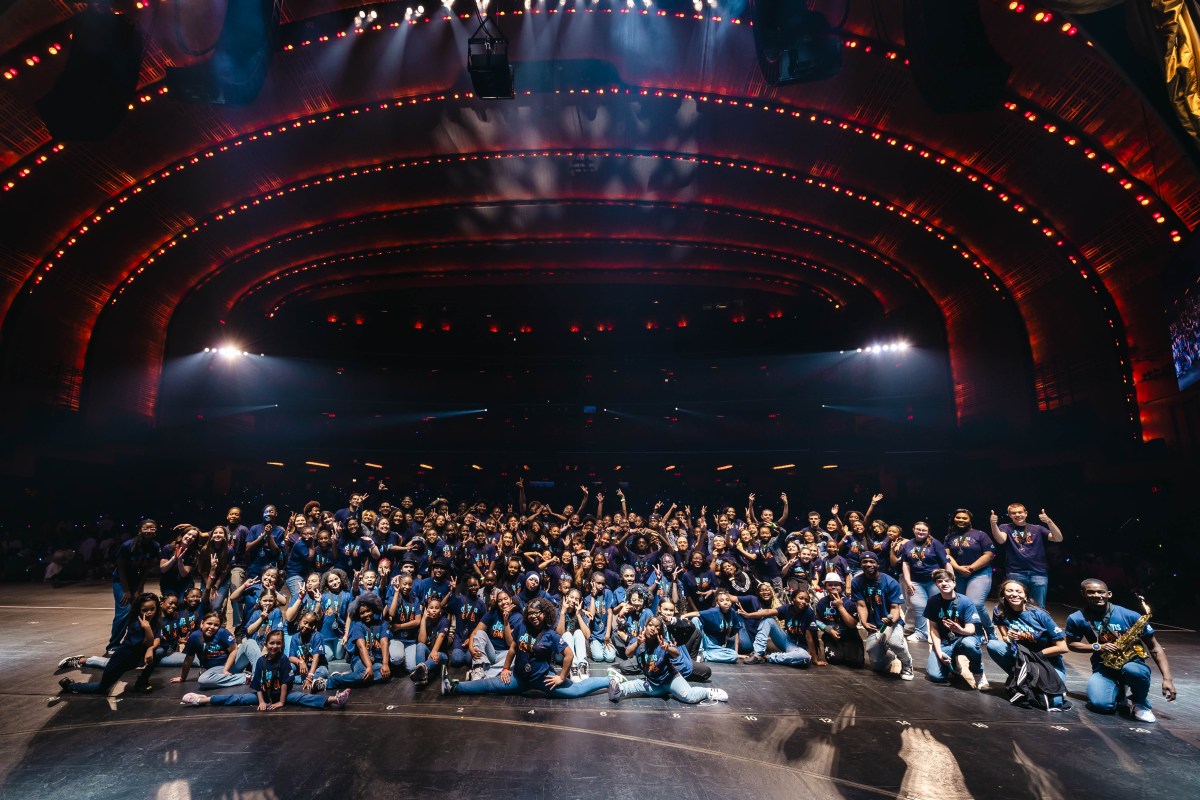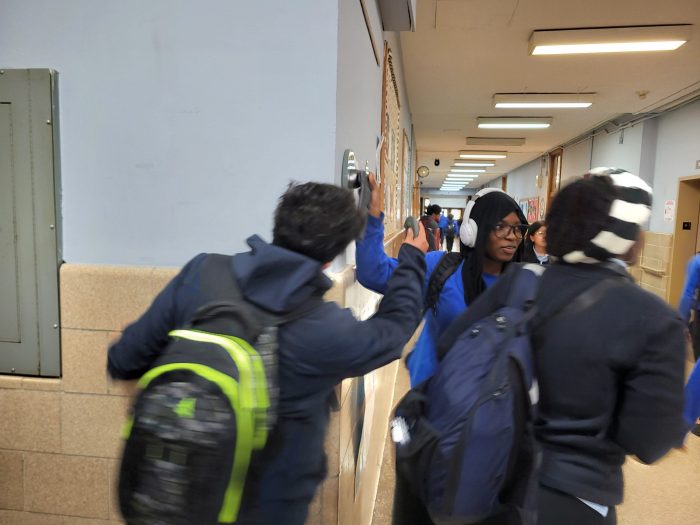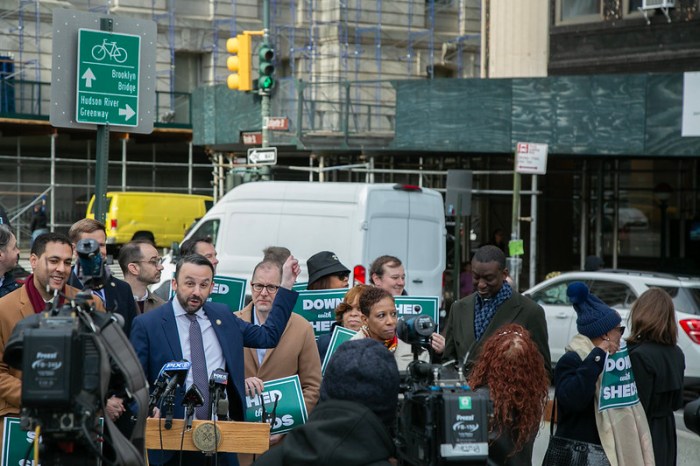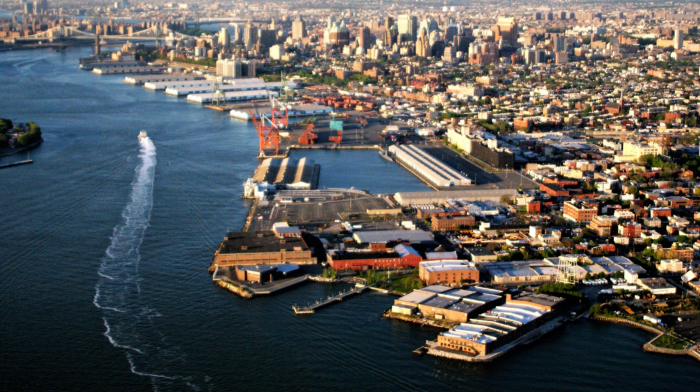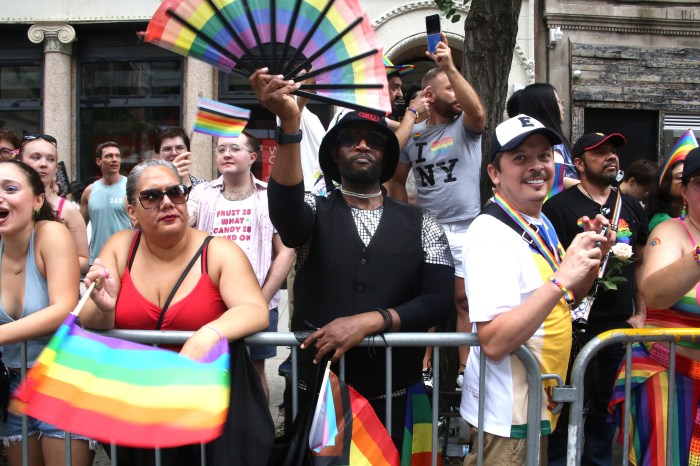Congestion pricing took effect in NYC nearly two months ago, and the numbers show cars might be rolling back into Manhattan — though ever so slightly.
Week-over-week, as of Jan. 20 to Feb. 8, overall traffic got just a bit heavier on most weekdays into the Congestion Relief Zone (CRZ), which is south of and includes 61st Street, according to stats on the MTA’s website. An analysis of the data shows a negligible 0.21% increase in traffic during the workweek of Feb. 3-7 when compared to the same Monday-Friday period between Jan. 27-31.
The data looks at all points-of-entry into the zone.
Traffic was off to a good start on Monday, Feb. 3, as the number of vehicles entering the CRZ (466,643) stayed mostly the same as the previous Monday, Jan. 27 (466,390), a negligible increase of 253 vehicles (0.05%).
But on Tuesday, Feb. 4, around 497,966 vehicles entered the zone, up from 488,923 on Jan. 28, the Tuesday before. That difference is 9,043 vehicles, or 1.8% from Jan. 28.

Similar metrics rang through on Wednesday, Feb. 5, with 512,567 vehicles, up 13,398 vehicles (2.7%) from the 499,169 the previous Wednesday on Jan. 29.
But on Thursday, Feb. 6, traffic dramatically decreased week-over-week to around 488,195 vehicles, down 34,559 (6.6%) from around 522,754 vehicles on Thursday, Jan. 30.
Traffic hovered back up to 522,174 on Friday, Feb. 7, an increase of 16,903 vehicles (3.3%) from 505,271 on Friday, Jan. 31.
Going back another week, traffic was at its lightest with 375,614 vehicles into the CRZ on the Martin Luther King, Jr., holiday on Jan. 20. The other days of the week were similar to the week of Jan. 27 to Jan.31.
January, the first nearly full month of congestion pricing, saw a 7.9% reduction in traffic compared to the historical daily entry total of around 580,500 vehicles.
A ‘normal pattern’
A slow uptick in traffic is par for the course this time of year—with or without congestion tolls in effect, MTA officials said.
“As we exit the holiday season, as we enter into spring, week by week and month by month, we expect traffic to slowly increase as we would have expected it slowly increase before the advent of congestion pricing,” an MTA spokesperson said. “That’s a normal pattern.”
The city would have expected to see an average of 583,000 vehicles entering the CRZ on a weekday in January. That number jumps to 617,000 in February. The MTA uses historical averages to compare to current traffic patterns.
What are New Yorkers experiencing on the roads?
Anecdotal evidence from some New York drivers and public transit users appears to back up the MTA’s dataset, as subway and bus ridership increases and motorists report faster commutes.
Lisa Daglian, executive director of the Permanent Citizens Advisory Committee to the MTA, said snapshot metrics show New Yorkers are continuing to enter the CRZ for business, pleasure, and appointments and pointed to the city adapting to “this new and improved” way of life.
“The benefits of reduced traffic help drivers, bus riders and emergency vehicles, and make our streets safer for all users,” she said. “Funding for critical transit infrastructure is an essential part of the program, and those who choose to or must drive into the zone are supporting the region’s economy on so many levels, while helping improve the subways, buses and railroads that millions of us rely on daily.”
Read More: https://www.amny.com/nyc-transit/
